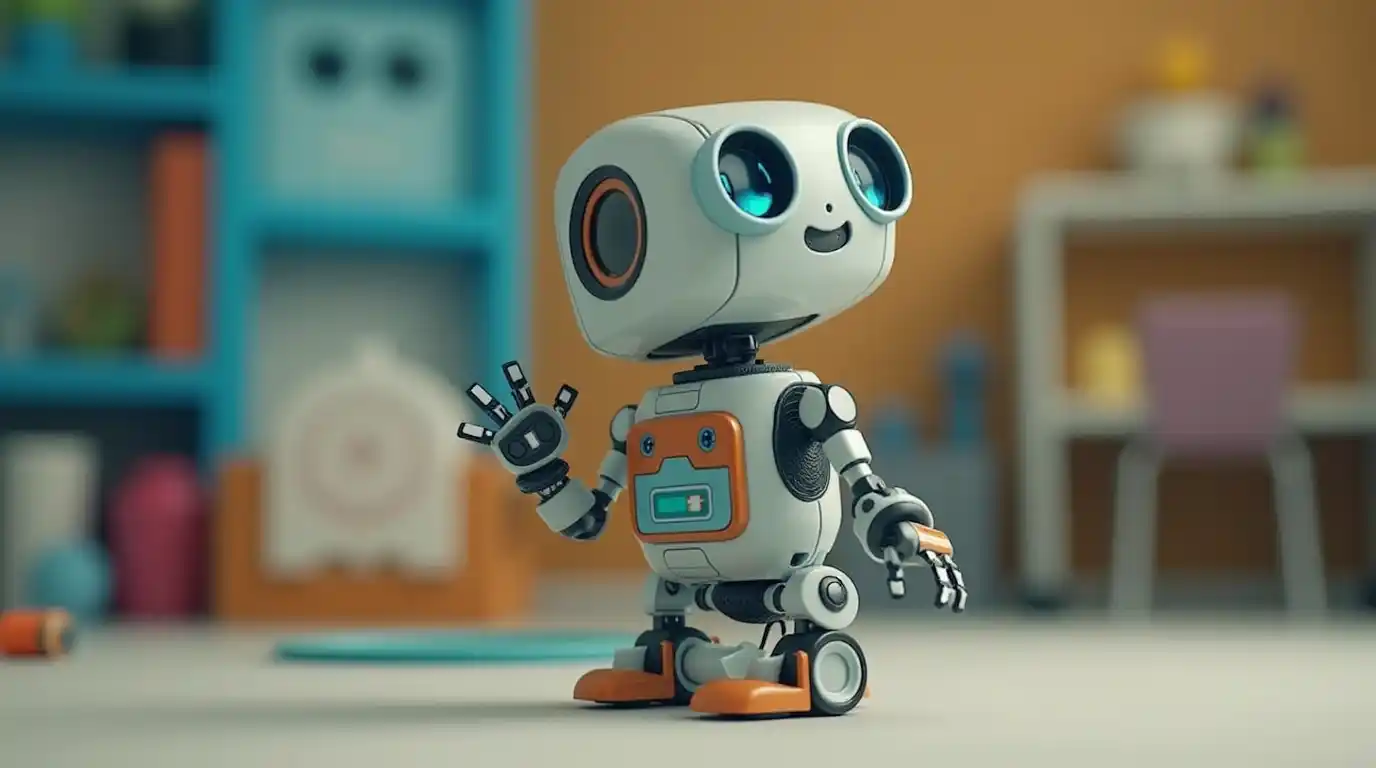In an increasingly digital world, educational robotics has emerged as a powerful tool for engaging students in science, technology, engineering, and mathematics (STEM). By providing hands-on experiences with robots, educators can foster critical thinking, creativity, and problem-solving skills. This article explores the fundamentals of educational robotics, its benefits in learning environments, various applications, and future trends shaping its impact on education.
Table of Contents
Introduction to Educational Robotics
Educational robotics involves using robotic kits and tools to teach students a range of skills, from basic programming and engineering principles to complex problem-solving and critical thinking. These systems can vary from simple kits for young children to advanced platforms for high school and university students. By interacting with robots, learners not only grasp theoretical concepts but also apply them in real-world scenarios, making abstract subjects more tangible and engaging.
The Rising Importance of Robotics in Education
The integration of robotics into educational settings responds to the growing need for STEM skills in the workforce. As automation and AI become prevalent in everyday life, early exposure to robotics prepares students for future careers while also developing skills such as collaboration, innovation, and adaptability.
Benefits of Educational Robotics
1. Hands-On Learning Experience
Robotics transforms traditional, passive learning into an interactive process. Students build, program, and troubleshoot robots, which reinforces theoretical concepts through practice.
2. Encouraging STEM Engagement
Robotics naturally integrates science, technology, engineering, and mathematics, offering students a comprehensive understanding of these fields. This multidisciplinary approach sparks interest and nurtures curiosity in subjects that might otherwise seem challenging.
3. Development of Soft Skills
Beyond technical knowledge, working with robotics fosters teamwork, communication, and creativity. Students collaborate on projects, share ideas, and learn to overcome challenges together, preparing them for collaborative work environments.
4. Problem-Solving and Critical Thinking
Designing and programming robots presents problems that require innovative solutions. Students learn to think critically, break complex tasks into manageable steps, and iterate on their designs—a process that mirrors real-world engineering challenges.
Key Components and Technologies
Hardware
Educational robotic kits come with various hardware components tailored to different age groups and skill levels:
- Sensors: Light, touch, ultrasonic, gyroscopic, and other sensors allow robots to interact with their surroundings.
- Actuators and Motors: These components provide movement, enabling robots to navigate environments, manipulate objects, and perform tasks.
- Microcontrollers: Compact computing devices like Arduino or Raspberry Pi serve as the brain of the robot, executing programmed instructions.
Software and Programming
Programming languages and environments used in educational robotics vary:
- Block-Based Coding: Platforms like Scratch or Blockly introduce young learners to programming logic without syntax complexities.
- Text-Based Languages: As students advance, languages like Python, C++, or Java become relevant for more sophisticated robot control and algorithm development.
- Integrated Development Environments (IDEs): Specialized software aids in writing, testing, and debugging robot programs, fostering a professional coding experience.
Applications in the Classroom
STEM Learning and Curriculum Integration
Robotics clubs and classes integrate robotics into curricula, reinforcing mathematical concepts through geometric design, physics through motion and mechanics, and computer science through coding. Project-based learning—such as designing a robot to solve a specific challenge—provides context and motivation, making lessons more engaging and memorable.
Example Projects:
- Building a simple robot to navigate a maze teaches about sensors, logic, and spatial reasoning.
- Programming a robot to mimic animal movements explores biomechanics and control systems.
Development of Soft Skills
Working on robotics projects encourages students to work in teams, share responsibilities, and communicate effectively. It also instills perseverance as students encounter and overcome obstacles during robot construction and programming.
Challenges and Considerations
Resource Allocation
Implementing educational robotics requires investment in hardware, software, and teacher training. Budget constraints may limit access to high-quality kits or ongoing support, especially in underfunded schools.
Curriculum Integration
Incorporating robotics into an already crowded curriculum can be challenging. Educators need structured lesson plans that seamlessly integrate robotics concepts with existing subjects, ensuring that technology enhances learning rather than distracts.
Teacher Training
Educators must be comfortable with technology and programming to effectively guide students. Professional development and community support are essential to equip teachers with the necessary skills.
Keeping Up with Rapid Advancements
The field of robotics evolves quickly. Educational programs must adapt curricula and hardware choices to reflect the latest innovations, balancing cutting-edge content with stable, proven technologies.
Future Trends in Educational Robotics
Increased Accessibility and Affordability
As technology advances, robotics kits are expected to become more affordable and accessible. This trend will allow more educational institutions to integrate robotics into their programs, reaching a broader range of students.
AI and Machine Learning Integration
Future educational robots may incorporate simpler AI features, enabling more dynamic interactions and personalized learning experiences. These robots could adapt to individual student needs, providing targeted challenges and feedback.
Cross-Disciplinary Learning
Robotics will increasingly intersect with arts and humanities, leading to STEAM (STEM + Arts) education. Designing robots with aesthetic considerations or storytelling capabilities encourages creativity and innovation across disciplines.
Cloud-Based Programming and Collaboration
Cloud platforms will enable students to program and collaborate on robotics projects remotely. This will facilitate shared learning experiences, access to global resources, and exposure to diverse problem-solving approaches.
Conclusion
Educational robotics is more than a trend—it’s an investment in the future workforce and an engaging way to teach complex concepts through hands-on experience. By providing students with tools to build, program, and interact with robots, educators are fostering a new generation of problem solvers ready to tackle the challenges of tomorrow. While challenges remain in terms of resources, curriculum integration, and teacher training, the benefits of improved STEM engagement, enhanced soft skills, and real-world problem-solving are undeniable.
As the field advances, continued collaboration between educators, technologists, and policymakers will be essential. By embracing these emerging technologies and integrating them thoughtfully into education, we can empower learners with the skills and creativity they need to thrive in an increasingly automated world.
For additional resources, lesson plans, and the latest research in educational robotics, visit the Robotics Education & Competition Foundation (REC Foundation). The REC Foundation supports teachers and students with materials, programs, and competitions to further the integration of robotics into education, fostering innovation and learning worldwide.

